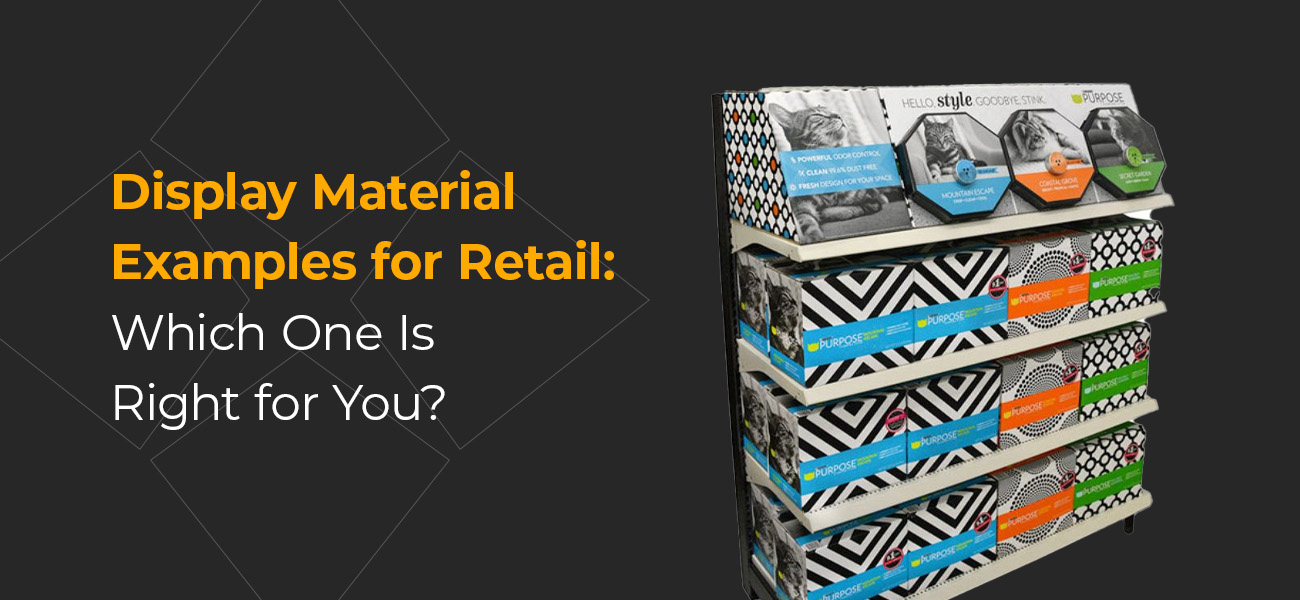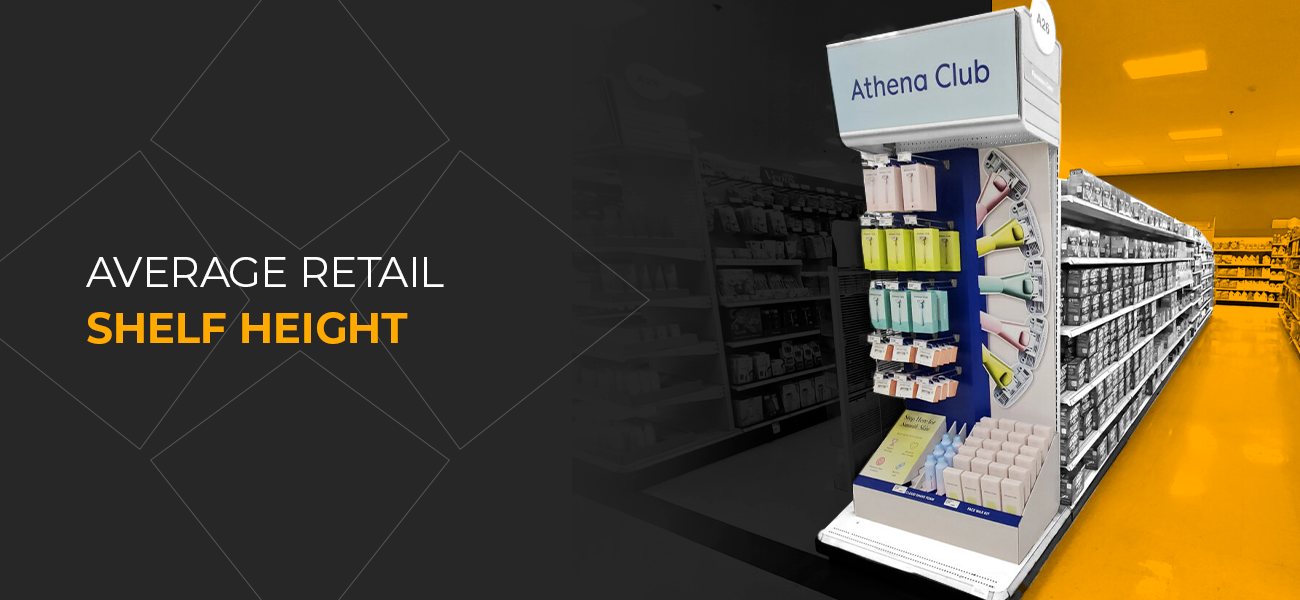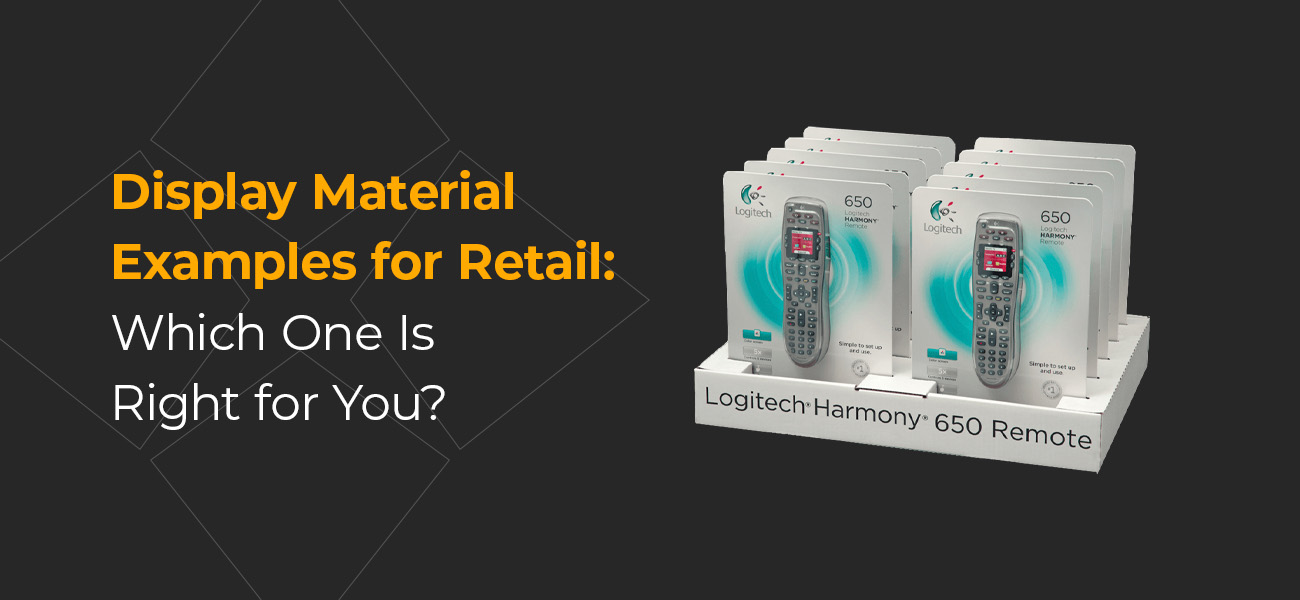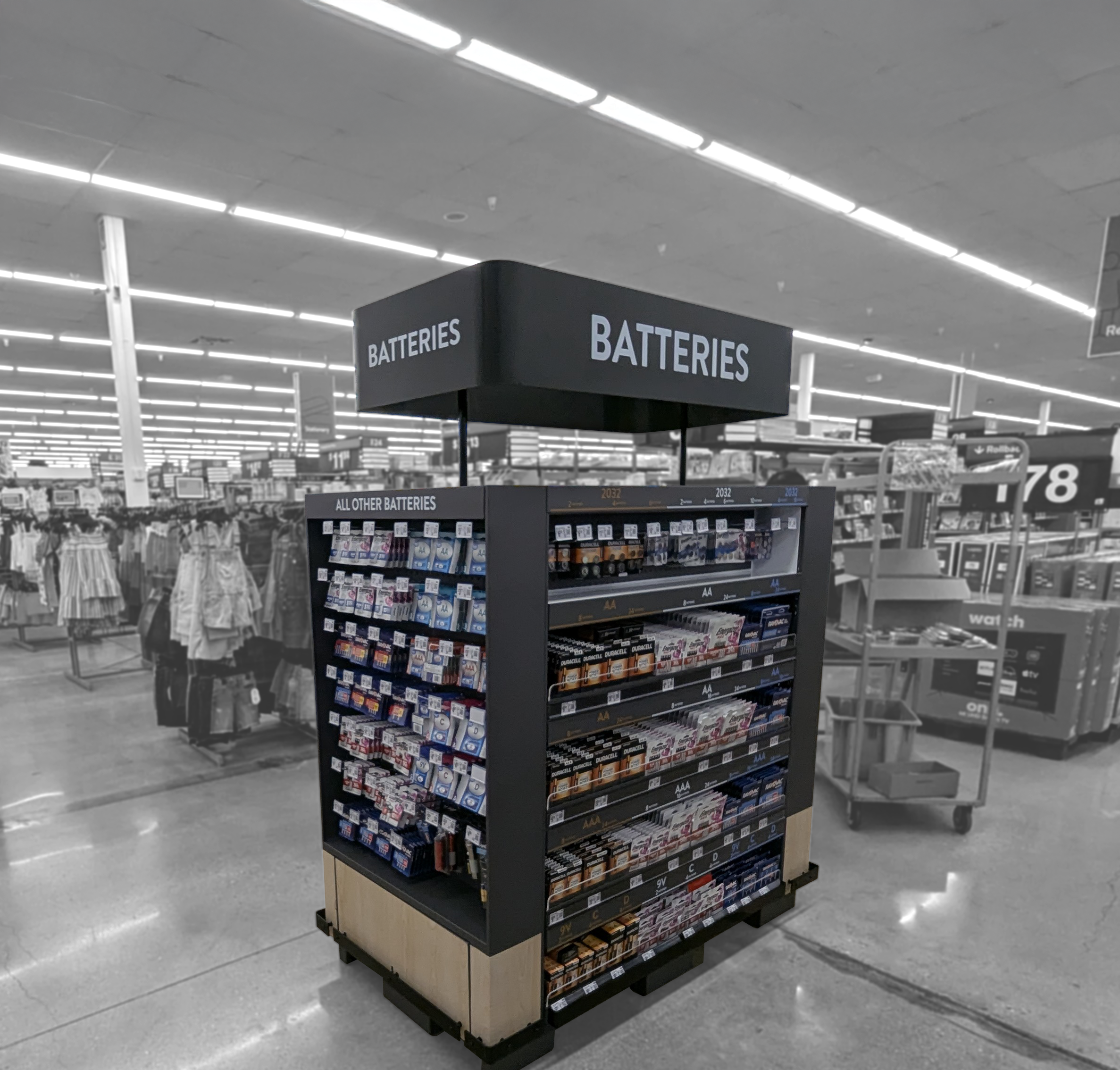Point of purchase (POP) displays are an excellent way to help brands encourage impulse buys, introduce new products and increase sales. Designing an effective display involves many decisions. One of the critical initial choices is choosing which materials you will use. A suitable material can be the difference between a successful campaign and one that misses the mark. After all, each option contributes to branding and the impressions consumers have toward your products. The construction can also determine how long your display will last in stores. So, which POP display material is right for your Merchandising campaign? This guide discusses display material examples and their strengths to help you make the right decision. Here is a list of materials used for retail displays: Read More...









